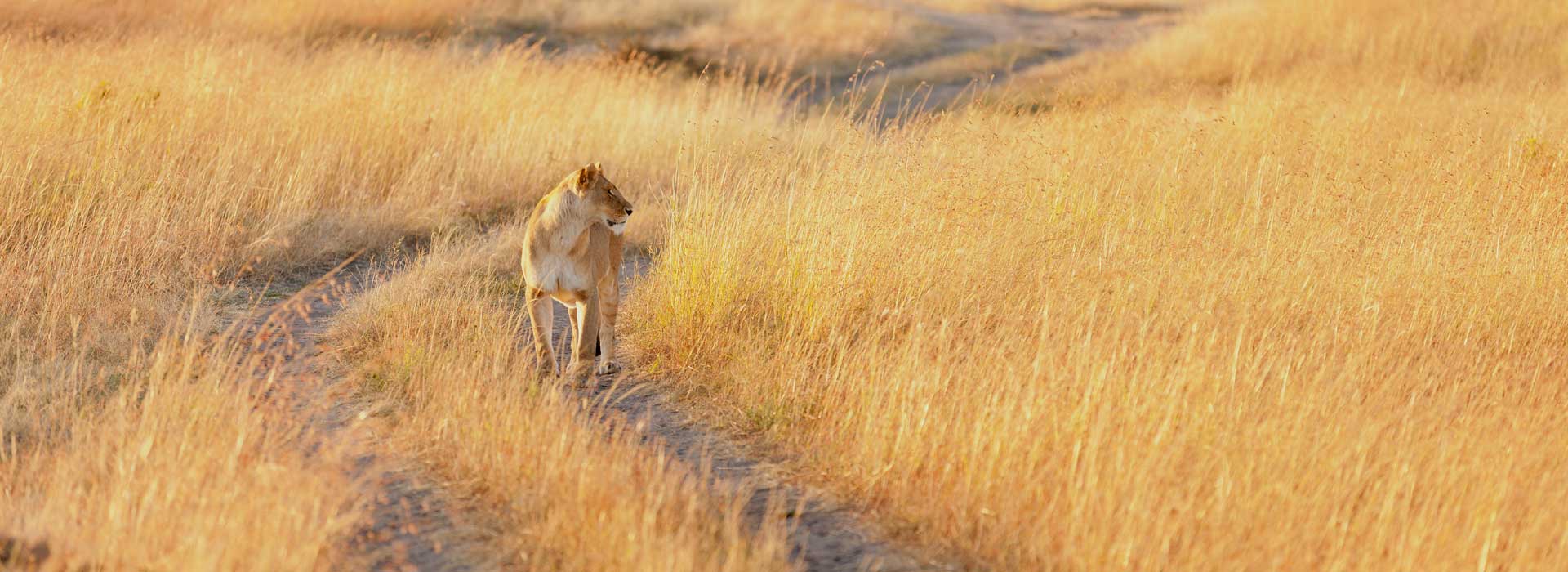Masai Mara is a complex but very intriguing ecosystem. It offers one of the world’s most important habitat areas for a great variety of wild African animals. Understanding the intricacies of how the Masai Mara Ecosystem works adds the ultimate dimension to the very unique and outstanding wildlife experience.
The Serengeti-Masai Mara Ecosystems are stretching over 24,000km² of land with the Serengeti in Tanzania in the south and the Masai Mara in Kenya to the north.
The perennial flowing Mara River flows across the Masai Mara to the Serengeti and provides its life giving waters for both ecosystems. And is the dramatic stage for the dangerous crossing of the world famous great wildebeest migration.


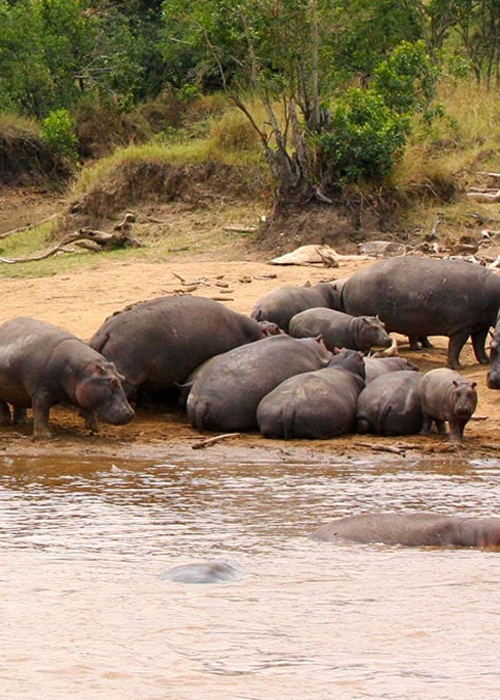
Masai Mara Ecosystem plays hosts to one of the most spectacular wildlife sceneries; the great wildebeest migration. Over 1 million of wildebeests cross the Mara River in the months of June to August to graze and to mate, before returning to the Serengeti in the late October to November.
The Masai Mara Ecosystem can only be fully understood through its climatic and ecological history, setting the ground for today’s beautiful array of wildlife. However, the conservation of this very unique and beautiful wilderness area depends on our generation’s way of managing and protecting the Masai Mara ecosystem.
Masai Mara National Reserve
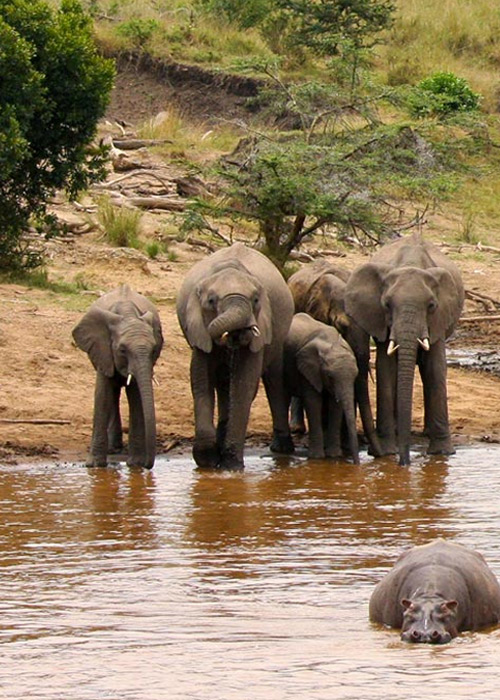
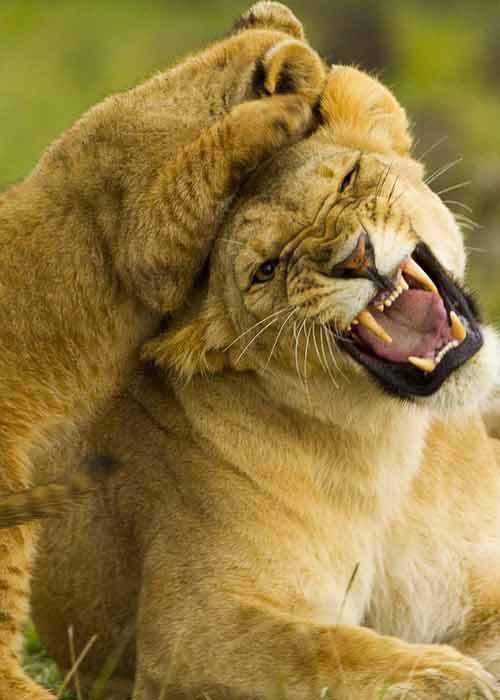
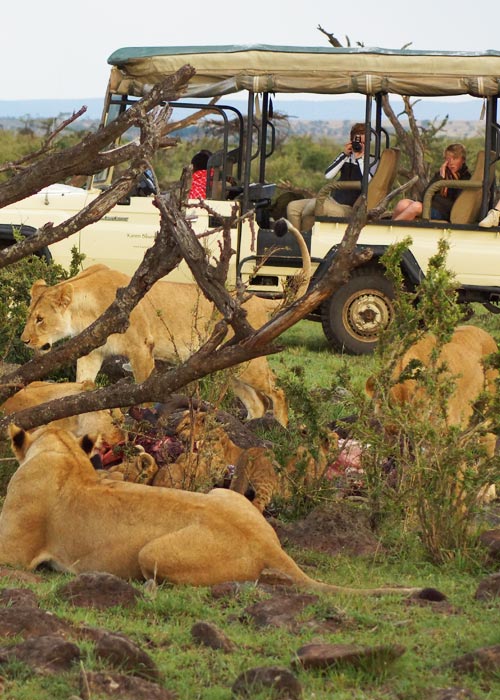
Masai Mara Ecosystem covers an area of 2,500km2 in the south of Kenya. The entire area is under protection by the Kenyan Government and the local Maasai landowners.
Geographically the Masai Mara Ecosystem is part of the great Lake Victoria basin and dominated in the eastern part by the Ngama Hills formed by volcanic activity and has granites rocks and quartz. The impressive wall like Oloololo or Siria escarpment forms the western boundary, while Lemek hills and Mount Kileleoni are the unmistakable conspicuous features in the north and provides the home area to the few wild dogs that are slowly recuperating.
The life giving Mara River water originated from the Mau forest complex. It meanders alongside the Siria Escarpment within the Mara North Conservancy, while it bisects the Mara National Reserve and the Mara Triangle, covering a distance of 60 km, before it reaches the border of the Masai Mara and the plains of the Serengeti. The Mara River drains its water into the Lake Victoria in Tanzania.
Masai Mara National Reserve was established in 1974 and protects an area of 1,510 km2. On the north and the east border of the National Reserve the land were given back to the Maasai people during the 1980s and 1990s and has been subdivided into 60 Ha plots with title deeds issued to individual Maasai landowners. Protection these privately owned wildlife areas relies on entirely on the Maasai landowners as well as the local tourism sector.
Community based conservancies
Ol Chorro, Olara Orok, Naibosho and Mara North Conservancy are all conservancy areas established as partnerships between the local Maasai communities and the camp owners. These private conservancies are vital parts of the Masai Mara Ecosystem as they increase the Masai Mara National Reserve with nearly 40%. Truth to be told, the beautiful wildlife of the Masai Mara ecosystem would cease to exist without these privately owned conservancies.
Guests visiting the community based conservancies are kindly requested to pay a fixed daily conservation fee. The fee is used for protection of the area and ensures the economic incentives for the Maasai to set aside their land for wildlife conservation. Please notice additional payment of park fee is required for visiting the Masai Mara National Reserve.

Start Planning Your Safari
Let us help you plan your trip, efficiently and at the best rates. Get in touch with your inquiries or book instantly if you are a return guest. We look forward to be of assistance.

